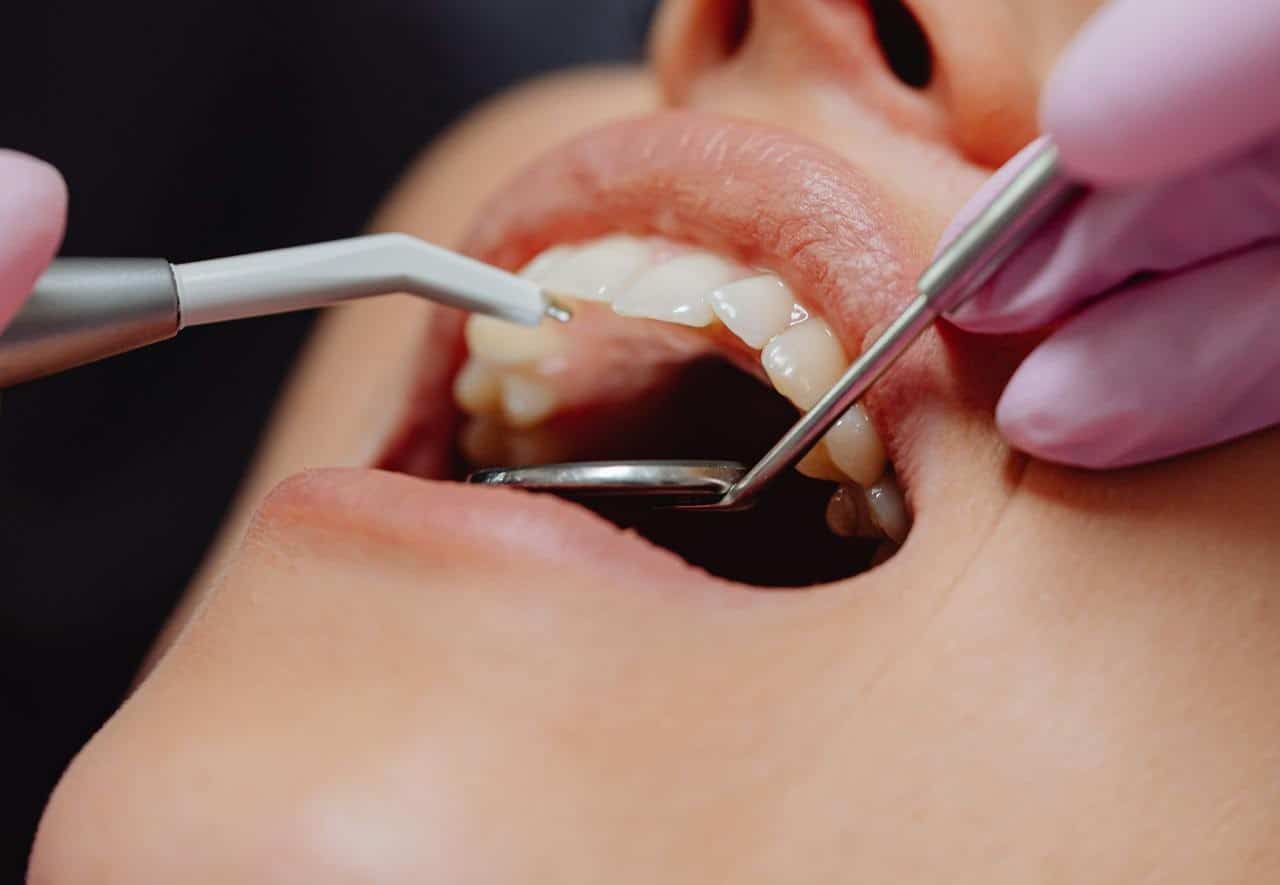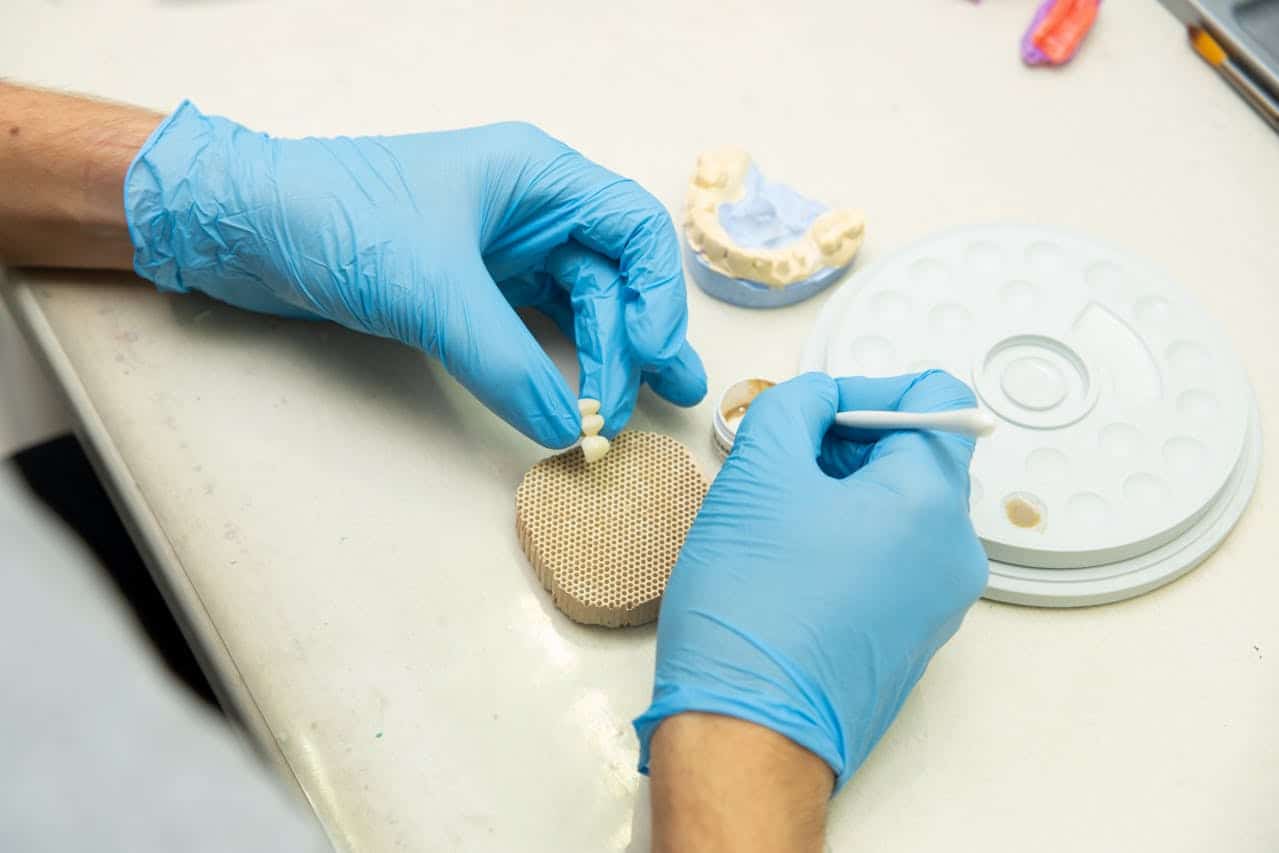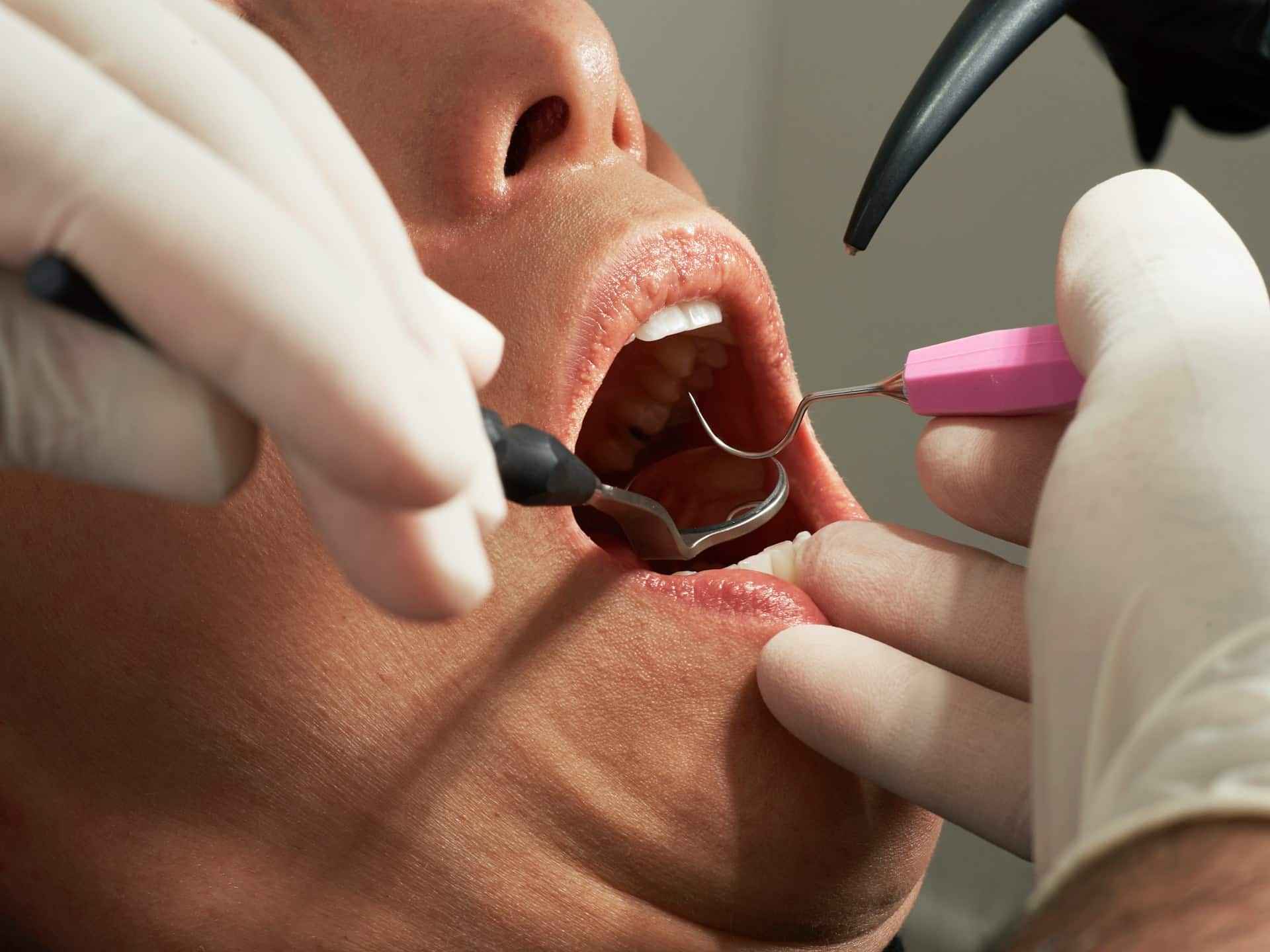Going to the dentist can be stressful for many people, especially those who feel anxious about dental procedures. Sedation dentistry offers a practical solution to ease this worry, making visits to the dentist much more manageable. Whether you’re facing a complex procedure or just feeling nervous about a routine cleaning, sedation can help make your experience calmer and more comfortable.
Sedation dentistry involves using medication to help patients relax during dental treatments. It’s designed to relieve anxiety and make it easier to undergo necessary dental care. This approach not only benefits those with dental phobia but also helps people with sensitive teeth, strong gag reflexes, or difficulty sitting still for long periods.
Understanding how sedation dentistry works and what to expect can make your next trip to the dentist far less daunting. With various types of sedation available, you can find a method that suits your needs and ensures you have a positive experience. Preparing for a sedation appointment involves some simple steps that can help you feel more at ease and ready for a stress-free visit.
Understanding Sedation Dentistry: What It Is and How It Works
Sedation dentistry is a safe and effective method used to help patients relax during dental procedures. It’s especially beneficial for those who experience anxiety about visiting the dentist. This approach uses sedative medications to calm nerves, enabling the dentist to perform the necessary work while the patient remains comfortable.
There are a few different ways sedation works. It doesn’t necessarily mean you’ll be asleep. In fact, sedation dentistry often keeps you awake and aware, just in a very relaxed state. The idea is to help patients feel at ease and eliminate fears or discomfort during treatments.
Sedation can be adapted to meet various needs, whether it’s a mild sedative for someone slightly anxious or a stronger approach for someone with more intense dental phobia. By facilitating relaxation, sedation dentistry can help ensure that essential treatments like fillings, crowns, or even implants are completed successfully without stress.
Additionally, sedation dentistry can be useful for patients with special requirements, such as young children, individuals with special needs, or those requiring lengthy treatments. It helps to minimize movement, making complex procedures quicker and reducing the number of visits required.
Types of Sedation Used in Dentistry: Finding the Right Fit for You
To accommodate different comfort levels and needs, various sedation methods are available. Here’s a look at some common types:
1. Nitrous Oxide: Also known as laughing gas, this is one of the most gentle and frequently used forms of sedation. It’s inhaled through a mask over the nose, and the level can be adjusted during the procedure. It helps patients relax while still allowing them to remain conscious and communicate.
2. Oral Sedation: This involves taking medication in pill form before the appointment. The effects range from mild to moderate, depending on the dosage. You might feel drowsy but will stay awake. Some patients fall asleep but can be easily awakened.
3. IV Sedation: Administered through a vein, this type allows dentists to control the sedation level continuously. It’s often used for more extensive procedures. You remain conscious but less aware of the process, and the effects wear off quickly once the IV is removed.
4. General Anaesthesia: This is used less commonly and typically for significant surgical procedures or patients with extreme anxiety. It involves being completely unconscious, similar to surgery in a hospital.
Choosing the right sedation is crucial for comfort and effectiveness. A discussion with your dentist about your medical history and anxiety level will help determine the best fit. Understanding these options makes it easier to choose a method that aligns with your comfort and ensures a positive dental experience.
Benefits of Sedation Dentistry: More Comfort and Less Anxiety
Sedation dentistry offers numerous benefits that make dental visits more pleasant and stress-free. A primary advantage is the reduction of anxiety during procedures. Many people avoid the dentist because of fear, which can lead to neglected oral health. Sedation helps to calm nerves, making regular visits easier to manage.
Another significant benefit is the ability to undergo several treatments in one sitting. With sedation, patients can tolerate longer procedures comfortably, allowing dentists to complete more work in a single appointment. This can reduce the total number of visits needed, saving time in the long run.
Patients with a sensitive gag reflex or a fear of needles find sedation especially beneficial. It helps minimize reflexes, allowing the dentist to work more effectively. Additionally, sedation can help those who have difficulty getting numb with standard local anaesthesia, offering a comfortable alternative.
Besides making the experience more comfortable, sedation dentistry promotes a positive association with dental care. With reduced stress and discomfort, patients are more likely to continue with routine appointments and maintain good oral hygiene practices. This contributes to overall better dental health and a happier smile.
Preparing for a Sedation Dentistry Appointment: What to Expect
Getting ready for a sedation dentistry appointment involves a few straightforward steps to ensure everything goes smoothly. First, having a consultation with your dentist is essential. During this visit, you’ll discuss your medical history, potential sedation options, and what will happen during the procedure. This meeting is an excellent time to ask questions and address any concerns.
Before the appointment, your dentist will provide specific instructions. Here are some common preparations:
1. Fasting: Depending on the type of sedation, you might need to avoid eating or drinking for several hours before your appointment. This helps prevent complications during the procedure.
2. Arranging Transportation: Since sedation can impair your ability to drive safely, plan for someone to take you to and from the dental office.
3. Comfortable Clothing: Wear loose-fitting, comfortable clothes for your appointment. This helps you feel more relaxed during the procedure.
4. Medications and Supplements: Inform your dentist about any medications or supplements you’re taking. They might adjust your sedation plan accordingly.
5. Post-Procedure Care: Arrange your schedule so you can rest at home after the procedure. It’s important to allow time for the sedation to wear off fully.
By following these preparation tips and your dentist’s advice, you can help ensure a smooth and stress-free experience.
Conclusion
Sedation dentistry has revolutionized the way people perceive dental visits. It offers a practical solution for anxiety and discomfort, allowing more people to receive the care they need without fear. Being informed about the types of sedation available, and how to prepare for your appointment, can lead to a more relaxed and comfortable dental experience. Understanding these aspects contributes to better oral health and a positive outlook on future dental treatments.
Keeping up with regular dental care is crucial for maintaining good oral hygiene and overall well-being. Sedation dentistry removes barriers and makes it possible for those who might otherwise avoid the dentist to get necessary treatments like fillings, crowns, or implants. It reassures patients that they can manage their anxieties and fears effectively.
If you’ve been avoiding dental visits due to fear or discomfort, it’s time to explore sedation dentistry near you. Visit Pickering Dental Services and let us help ease your worries. Call us today to learn more about sedation options and schedule your appointment for a more relaxed dental experience. Your comfort and health are our top priorities.










